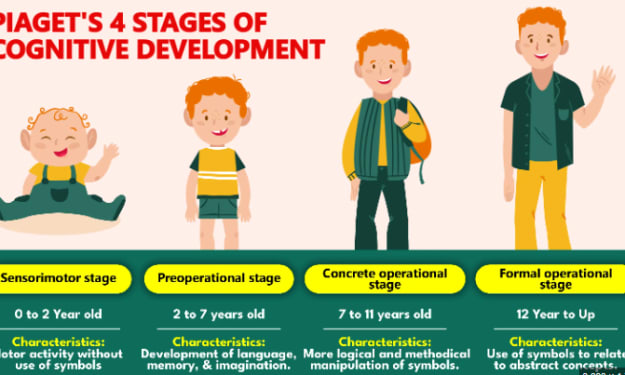STRAIGHT FROM PHYSICAL THERAPISTS: 5 SIMPLE STRENGTHENING EXERCISES TO HELP COMBAT KNEE PAIN
Physical Therapy

Your knees can be painful at times. You're not wounded, and you don't have rheumatoid arthritis, yet your knee pains even while you're doing basic tasks or exercises. It's crucial to understand that knee discomfort is caused by the muscles surrounding your knee rather than the knee itself. Knee discomfort might occur if those muscles are weaker due to a lack of regular training.
"A weak muscle pumps less blood into and out of the joint, which means the knees won't get enough nutrients and won't be able to function correctly over time," says Mitch Torres, PT, physical therapist and lead editor for Knee Force. Furthermore, "Muscles that are powerful also act as shock absorbers. By absorbing the shock from the ground, they protect the knee joint. Weak muscles won't be able to do this, therefore the joint tissues will take the brunt of the force. This renders them more vulnerable to harm over time."
When muscles like your quadriceps or glutes are weak, your knees may pick up the slack, causing an unacceptable level of tension that leads to pain, according to Joseph Rayner IV, PT, DPT, a Texas-based physical therapist.
Dr. Rayner explains that when the gluteus maximus and/or gluteus medius are weak, the quadriceps must work harder to meet the demands of an activity. "If the quadriceps is also weak, the patellar tendon will struggle to cope with the activity's demands. Finally, once our muscles and tendons have reached their maximum capacity, our knee's passive stabilizers, such as ligaments, will have to shoulder the remainder of the load."
When dealing with knee pain, keep in mind that the activities you do should only cause moderate discomfort—no more than a three out of ten on a scale of one to ten. And if things aren't improving, it's time to seek expert help.
"If you experience discomfort that comes on suddenly, with or without a pop, and you observe swelling soon afterward, you most likely sustained an injury that should be evaluated by a medical practitioner or physical therapist," Torres adds. "The more severe your symptoms are, the more likely it is that you should visit a doctor. You may or may not have an injury if discomfort gradually creeps up on you without a clear, dramatic incident. Seeing a physical therapist in this scenario would definitely save you time and money in the long run."
5 exercises to strengthen your knees
1. Wall squats
Wall squats are wonderful for developing the glutes and quads, according to Ryan Balmes, DPT, a board-certified orthopedic and sports physical therapist and spokesperson for the American Physical Therapy Association. For reps, you can either do a wall quat hold or a wall squat. Begin with your back against the wall and slowly walk your feet out, bending at the hips and knees until you're seated in a position where your knees are in line with your hips and your ankles are precisely under your knees pointing straight ahead in line with your toes. Simply stay in that position for 30 seconds before rising to rest. This should be done five times. Come right back up after sliding down the wall and into the wall squat posture for reps. Rep three times for a total of ten reps.
2. Isometric lunge
According to Dr. Rayner, an isometric workout is one that involves holding a muscle contraction. Standing tall, take a step back and drop yourself into a lunge position until you feel light pain or your bottom knee nearly hits the ground. Ensure that your front knee is aligned with your front ankle and that your back knee is directly beneath your hips. Hold for 30 to 45 seconds before repeating three to four times.
3. Deadlift
According to Dr. Torres, deadlifts assist to strengthen the hamstrings and glutes, as well as "help stabilize the knee," thus the stronger they are, the safer the joint will be. Begin by standing with your feet shoulder-width apart and toes pointed out slightly. Next, bend your knees slightly and bend forward at the hips, maintaining your back flat and the majority of the movement coming from your hips. Return to standing by tightening your hamstrings and glutes.
4. Side-lying hip abduction
The gluteus Medius is targeted in this exercise. Dr. Balmes recommends resting on your side with your hips and legs stacked on top of each other, opposing the troublesome leg. Lift your upper leg up and back down, making sure it stays in line with your lower leg and doesn't wander down in front of you. Rep three times for a total of ten reps.
5. Lateral step downs
Working in reverse with lateral step-downs will strengthen your quads. Dr. Rayner recommends starting with one foot on a 12-inch step and the other hanging off the side. Lower yourself to the point where your hanging foot taps the ground in around three seconds. Keep the knee of the leg that is stabilizing you on the step from caving inwards—it should be in line with your second toe. Two to four sets of six to ten reps are recommended.
About the Creator
Hashan chamara
In Sri Lanka's best fitness club, I work as a fitness trainer. As a result, I can provide you with the skills and assistance you need to achieve your health and fitness goals.






Comments
There are no comments for this story
Be the first to respond and start the conversation.